A good harvest begins with careful preparation. Growing vegetables is a rewarding activity that can be included in daily life, as it results in delicious and nutritious meals and inspires the cultivation of other plants. When deciding what crops to grow in your part of Arkansas, the planting schedule is crucial. Below we learn the vegetable planting calendar of Arkansas, month-by-month vegetable planting schedules in Arkansas, the best vegetables to grow in Arkansas, and about the summer, winter, spring, and fall gardening in Arkansas.
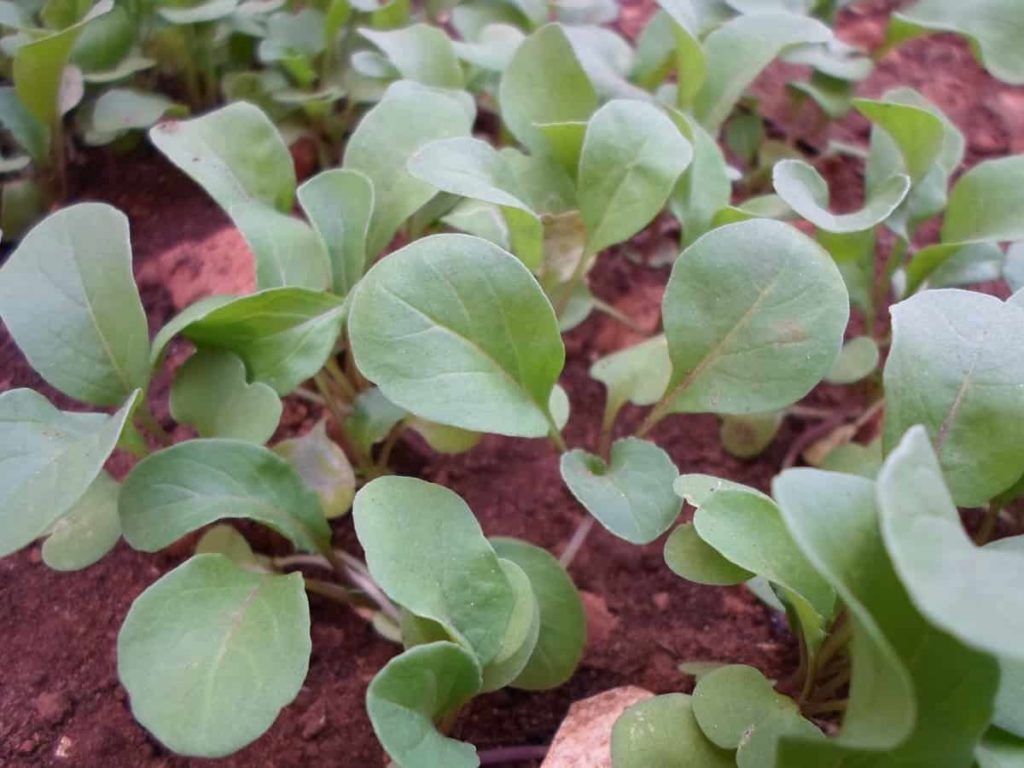
Arkansas vegetable planting calendar (AR)
Can you garden year-round in Arkansas?
It’s possible, with some attention, to grow veggies in Arkansas throughout the year. Tomatoes, peppers, and eggplants can be replanted. At the same time, cabbage, broccoli, cauliflower, Swiss chard, and Brussels sprouts can be planted if transplants can be found. Beans, including bush and pole varieties, can be sown if the soil is not too wet. Seeding of kale, cabbage, beets, turnips, and mustard greens can also begin.
What vegetables and fruits grow best in Arkansas?
Arkansas is home to a diverse range of fruiting and vegetable-bearing plants, including figs, melons, cilantro, mustard, lettuces, blackberries, grapes, radishes, strawberries, blueberries, turnips, arugula, beets, spinach, Pak choi, scallions, chard, and onions.
Can you plant tomatoes in July in Arkansas?
Plant location and upkeep are crucial no matter which species you decide to grow. Sunlight and good drainage are essential for growing tomatoes. The soil temperature must be above freezing before they are planted. Even though you can buy tomato plants in February today, if a late cold snap hits your garden, you may have to start again. If you live in southern Arkansas, central Arkansas, or northern Arkansas, you can grow tomatoes in early April, mid-April, or late April. Keep planting tomatoes all summer to extend the crop into the autumn months.
When preparing the soil for planting, a general-purpose fertilizer should be broadcasted. If your plants have blossom end rot caused by a lack of calcium, add some lime to the soil before planting. Gardeners sometimes use Epsom salts to improve soil quality, although only a small amount is needed. After planting their seedlings or cuttings, many gardeners water the area surrounding their new plants with a diluted starter solution (1 tablespoon of water-soluble fertilizer per gallon of water). And finally, mulch.
Mulch acts as a protective barrier between the soil and the stem of plants and prevents soil from splashing and spreading disease. Before planting, some gardeners carefully wrap the tomato stems with aluminum foil. This has a dual purpose: first, it prevents cutworm damage, and second, it prevents soil and disease from penetrating the stems. Wrap the stem gently with a 2- to a 3-inch-wide sheet of foil so as not to stunt its development; place half of the foil below the soil line and the other half above it.
In case you missed it: North Carolina Vegetable Planting Calendar (NC): Month Wise, Fall, Winter, Spring, Summer, Zone 5, Zone 6, Zone 7, and Zone 8
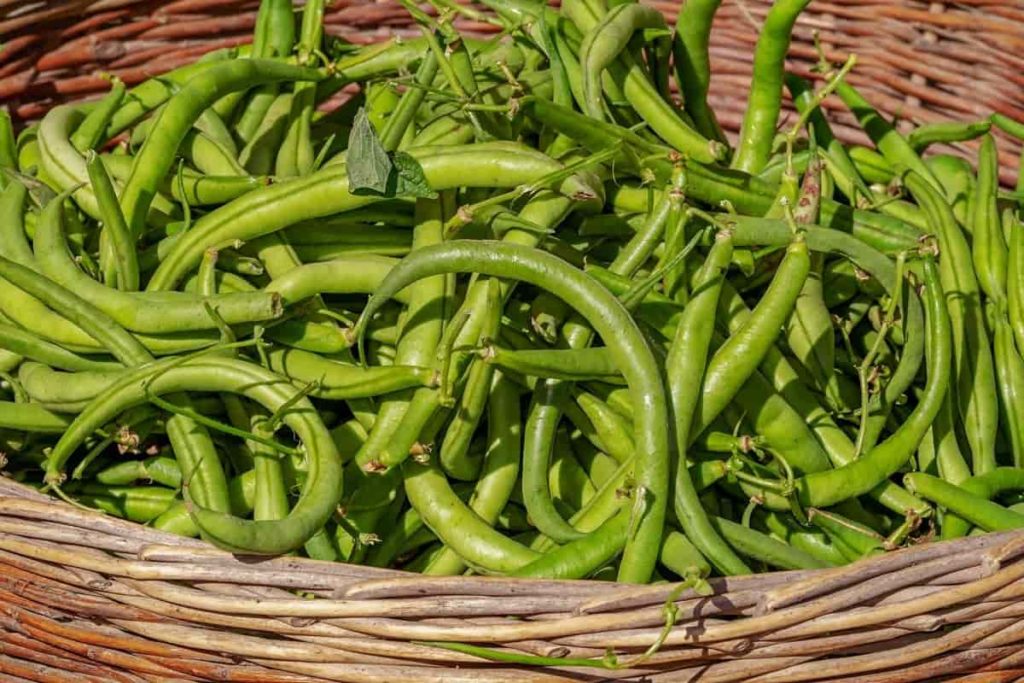
What zone is Arkansas in for planting?
Arkansas has a humid subtropical climate. Therefore, its winters are mild, and its summers are hot and muggy. Most of the state has warm winters with little precipitation, although the north may have snow, ice storms, and hail. This climate change has a significant effect on Arkansas’s planting zones. The state is well-known for its frequent severe weather, including its average of 60 days with thunderstorms and an annual average of 38 tornadoes.
About 40–60 inches of rainfall each year in the state. The northern part of the country generally has drier weather than the southern part. Arkansas offers various ideal growing conditions from zone 6b to zone 8a. The purpose of delineating different “growing zones” is to guide on when to plant and what kinds of plants will do well in a given area. An Online Planting Zone Map shows you your Arkansas planting zone, so you know what and when to plant for a healthy garden.
The diversity of plants, flowers, and foods that can thrive in Arkansas is extensive. The harvest will be plenty if you plant lettuce, tomatoes, herbs, carrots, green beans, and cucumbers. Many lovely native plants and shrubs in Arkansas can be planted to beautify a garden during the growing season. Native azaleas or clethra can be planted with yaupon holly, beautyberry, and calycanthus. Perennials and shrubs, such as echinacea, black-eyed Susans, and native ferns, are also welcome.
What vegetables can you grow in the fall in Arkansas?
Harvest strawberries and apply fertilizer based on soil tests in late summer. To keep the autumn weeds at bay, mulch should be used around and beneath the strawberries after the bed has been cleaned and fertilized. Provide the last feeding to your tomato plants. They can finish strong if you feed them fish emulsion, compost tea, or your regular garden fertilizer. Pinch off little green tomatoes and any new blossoms on the vine to direct the plant’s resources toward ripening the existing full-size fruit in varieties with bigger fruit.
This month, plant early winter crops such as cabbage, broccoli, cauliflower, and Brussels sprouts in transplants. If you want to enjoy fresh greens through the first frost, sow seeds for lettuce, spinach, radishes, turnips, etc., later this month and again in early to mid-September. Planting leafy greens like radish, lettuce, and spinach in a cold frame can ensure a crop that lasts far until the first frost in the autumn.
Herbs like parsley, rosemary, chives, thyme, and marjoram should be dug out and potted up so they can overwinter well in your kitchen. Plants that have been successfully transplanted should be kept in indirect sunlight outside until late November when they should be brought inside and placed in a sunny window to avoid frost damage. Now is the time to provide the last feeding to perennials such as mums, asters, and other autumn bloomers.
Some perennials, like peonies, need to be divided in the spring before they can bloom again. The peony’s roots will have plenty of time to settle into their new home if you transplant it now before it blooms again in the spring. Don’t put the roots any deeper than they already are. Before replanting, amend the soil by mixing in peat moss or compost before replanting. Seeds of biennial flowers, which bloom the following year, should be planted in the autumn.
Plant seeds for larkspur, poppies, foxgloves, sweet William, purple coneflower, hollyhocks, money plants, and forget-me-nots. These can be sown either directly in the flower bed or a seed flat and then transplanted. As hollyhocks have tap roots, it is best to direct sow them instead of trying to transfer them.
In case you missed it: Alabama Vegetable Planting Calendar (AL): Month Wise, Fall, Winter, Spring, Summer, Zone 7, Zone 8, and Zone 9
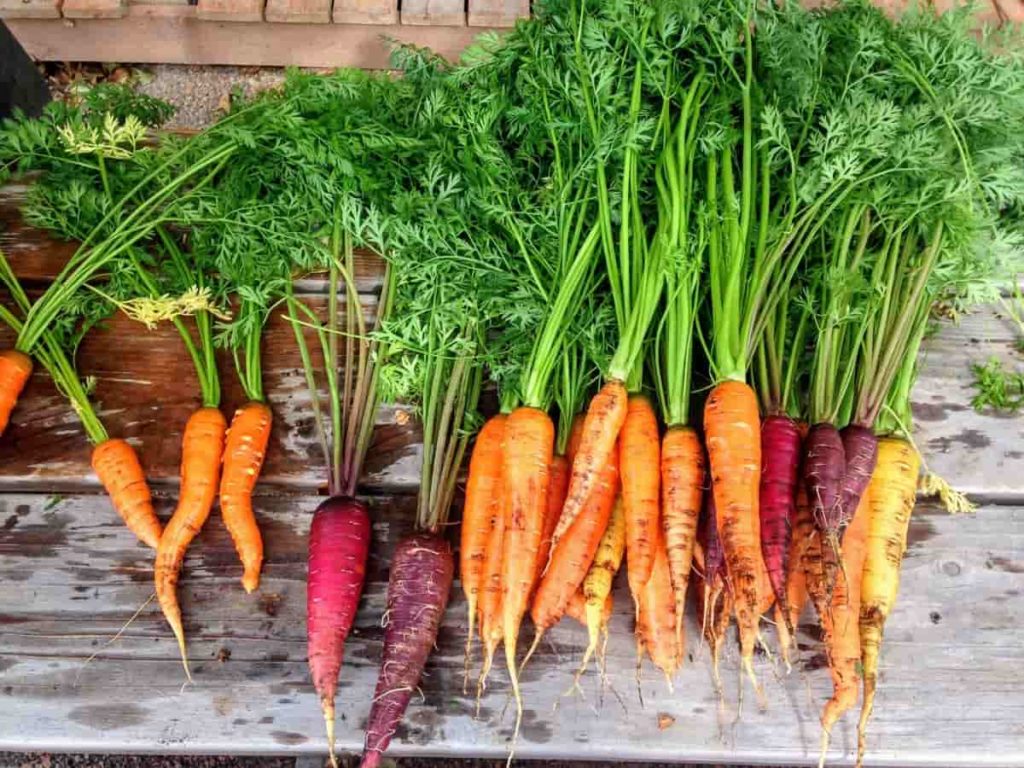
Zinnias and cosmos, for example, need to have their spent blooms removed often to keep producing new ones. This is the month to take coleus cuttings if you want healthy plants to bring indoors for the winter. When the leaves on your gladioli plant begin to turn yellow, it’s time to give them the boot. Allow drying thoroughly in a well-ventilated area before husking.
When can you plant potatoes in Arkansas?
When starting a garden, potatoes are often one of the first things you put in the ground. Planting times for early, midseason and late types in southern Arkansas are between the first and middle of February and the first and second weeks of March. For the autumn harvest, midseason and late types can be sown as late as July 15th to August 1st. If you want to store potatoes for the winter, wait until late in the season.
Is Arkansas soil good for gardening?
It’s easier to locate rocks than soil in many parts of Arkansas. Even when people have soil, it’s often deficient in organic matter and hence challenging to keep plants alive. Giving your plants a sturdy foundation by adding compost and other organic matter can help them thrive. Integrating amendments into the existing soil thoroughly is advised. Making a uniform soil mixture is preferable to layering different soil types to stimulate root growth.
Doing a soil test in the autumn can help you plan for the next growing season by revealing any issues with the soil’s pH or nutrient levels. On the numerical scale, it goes from 0 to 14. The pH scale defines acidic as below seven and alkaline as above seven. The pH seven standard indicates neutrality. Mostly, plants thrive on soil with a pH between 6.5 and 7.0. A pH of 5.5 or below is optimal for blueberries and azaleas. Low soil pH is common in the state of Arkansas. As a result, lime is occasionally added to elevate the flavor.
If a soil test reveals that your soil needs to be limed, only then should you do so. Moreover, it features a lime measuring function for your ease of use. Instead of just sprinkling it on, you can get instant results by working lime into the soil. Collect samples from the top six inches of soil for an accurate analysis. Take soil samples from at least six and no more than ten distinct spots in your outdoor growing area.
Pack everything into a bucket, get in the car, and take a soil sample to the county extension office. Many gardeners do their experiments in silos, as lawns, vegetable gardens, and flower gardens get different care. They will print and mail the results and recommendations within two to three weeks.
What vegetables can you plant this month?
Spring planting in Arkansas state
Get your mail-order plants out of their wrappings right away! Always keep the roots moist, store them in a cool, dry place, and plant as soon as the weather permits. Woody plants for landscaping should be planted or replanted. It’s best to wait until the soil is dry before digging in. Common mistakes include compacted or poorly-drained soil, planting too deep, and purchasing damaged plants with weak roots. Plan your garden rows east to west to avoid having taller plants cast shadows on smaller ones.
In case you missed it: Tomato Farming Guide for Beginners: Production Techniques, Process, and Steps
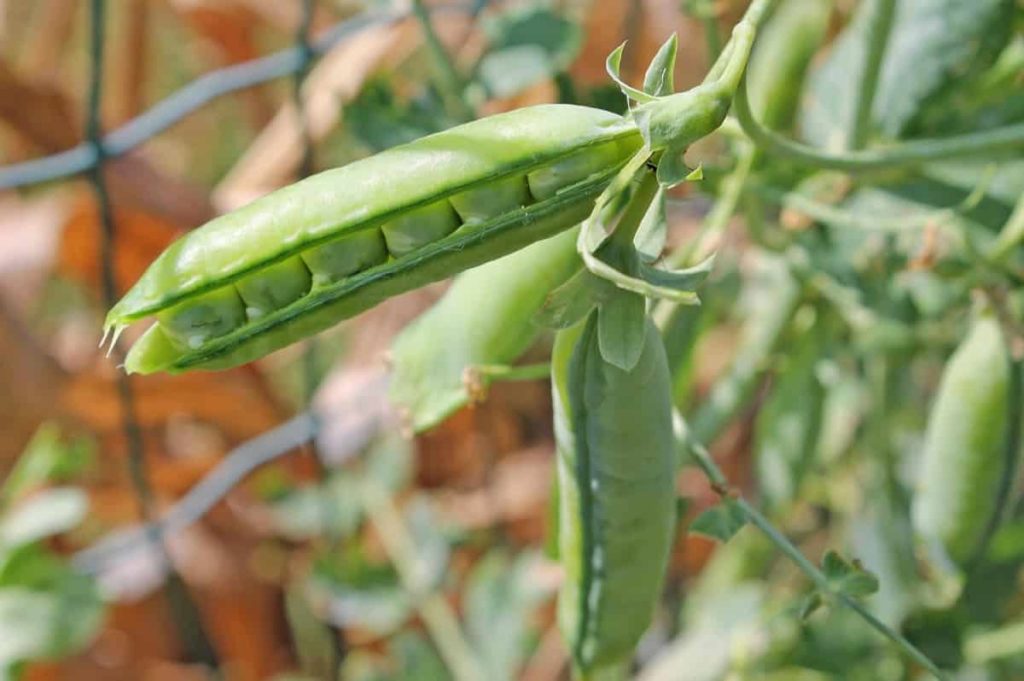
Include the following in your garden: beets, kale, turnips, potatoes, carrots, Chinese cabbage, cabbage, kohlrabi, lettuce, Swiss chard, broccoli, and cauliflower. Plant the seeds for various greens and vegetables such as sweet peas, kale, beets, radishes, chard, leaf lettuce, spinach, and so on. Keep on planting bare-root roses that have gone dormant. Roses grown in containers may be planted from now until the end of May.
If you want to grow annual flowers or warm-weather veggies, you should start them around the middle of March in a greenhouse or inside. Avoid planting tubers, eggplant, tomatoes, and peppers in spots where they thrived the year before. This method, known as “crop rotation,” is used to prevent the spread of pests and diseases across related plant species. Annual repotting may be necessary for certain houseplants as they mature.
Planting beans, peas, corn, and okra directly is recommended. Some simple herbs to direct plant in May are dill, basil, and cilantro. Garden stores often provide a wide variety of young plants for sale if you’d rather see some green in your garden sooner rather than later. Because their seeds can not grow in cold garden soils, “high sugar” or sugar-sweet corn types should be planted after May 1. Bulbs that bloom in the summer, such as dahlias, gladioli, cannas, and lilies, should be planted.
If you want gladiolas to bloom continuously from the beginning of May through the middle of June, you should plant a few more bulbs every two weeks. Peonies need at least six hours of sunshine daily and a planting depth of no more than two inches to thrive. Because of this, blossoming is guaranteed.
Fall gardening in Arkansas state
After soil testing, harvest strawberries and fertilize as needed in the late summer. After the strawberry bed has been weeded, fertilized, and cleaned, a layer of mulch should be spread around and under the plants to prevent fall weeds from taking over. Your tomato plants will appreciate one final feeding. They could have a good showing in the end if you feed them fish emulsion, compost tea, or the standard garden fertilizer.
In tomato types that produce larger fruit, pinching off immature fruits and removing flowers helps the plant focus on ripening the fruit it already has. This month, transplant early winter vegetables like broccoli, cabbage, cauliflower, and Brussels sprouts. Plant seeds for greens like lettuce, radishes, spinach, turnips, etc., later in the month and once again in early to mid-September to have a steady supply of fresh produce up until the first frost.
To ensure a harvest that lasts until the first frost in the fall, it is recommended to plant leafy greens such as radish, lettuce, and spinach in a cold frame. Egyptian onion sets may be planted now for the best results. To ensure the survival of your culinary herbs over the winter now is the time to dig them up and put them in pots. Successfully transplanted plants should be maintained outdoors in indirect sunlight until late November. At this point, they should be taken inside and put in a sunny window to protect them from frost.
The last feeding of autumn-blooming perennials like mums, asters, and others is now in order. To get them to bloom again, you may need to split your peonies and other perennials in the spring. If you transplant the peony now, its roots will have plenty of time to adapt to its new environment before it starts blooming again in the spring. Don’t go digging any deeper with the roots. Before replanting, add peat moss or compost.
If you want flowers to blossom the next year, sow the seeds of biennials in the fall. Sow seeds for larkspurs, poppies, foxgloves, sweet William, purple coneflower, hollyhocks, money plants, and forget-me-nots. Both the flower bed and a seed flat are suitable for sowing them. Hollyhocks have tap roots, so you shouldn’t attempt to transplant them. Instead, straight sow them.
For example, zinnias and cosmos need to have their spent flowers regularly picked so that they can resume flowering. If you want to have healthy coleus plants to bring inside for the winter, now is the time to take cuttings. As soon as the leaves on your gladioli plant turn yellow, you should get rid of them. Dry completely in an airy location before removing the husk.
In case you missed it: A Guide to Regenerative Agriculture: What is Regenerative Agriculture?, How to Start from Scratch
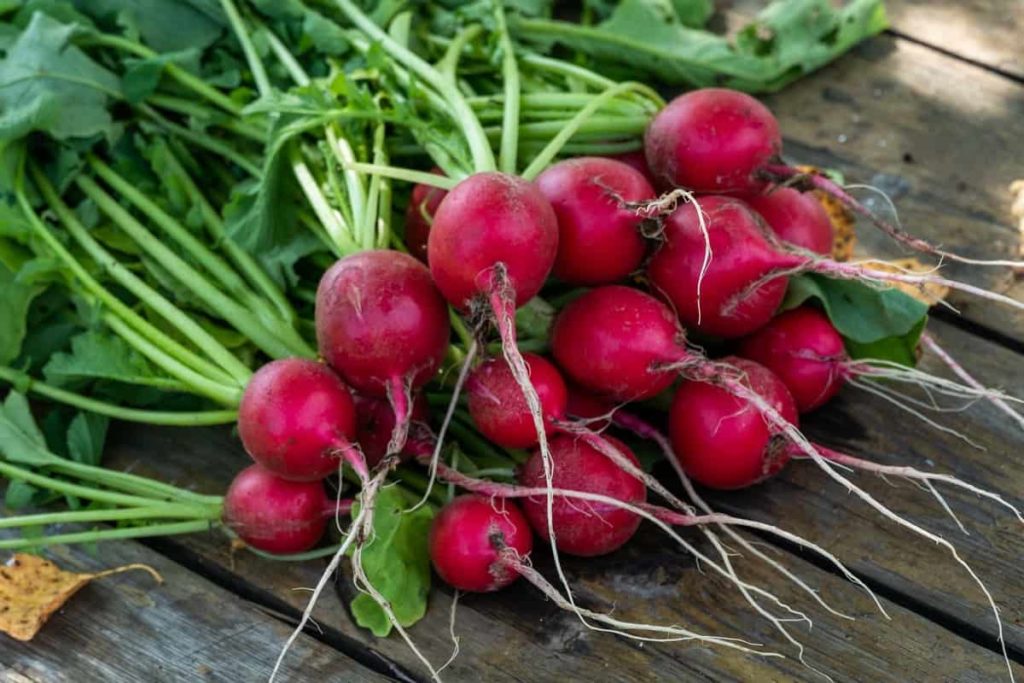
If you want to help birds out throughout the winter, you can leave the flower heads on plants like sunflowers, coneflowers, coreopsis, and black-eyed Susan. Fall-planted mums should be cared for like annuals. There are a variety of methods for protecting geraniums over the winter. It is possible to bring the plants in whole and cultivate them in a sunny window or to take cuttings and start new plants.
Annuals such as begonias, salvias, and coleus can also be used to propagate new plants from cuttings. Most cool-season vegetables will survive temperatures down to approximately 28 degrees without special protection. Still, they will need to be covered if the temperature drops or it is a clear, calm night.
Winter gardening in Arkansas state
Unprotected winter veggies may have been somewhat harmed but should recover. In fact, on the coldest of nights, they will be protected enough by an upside-down pot. It is essential to remove any charred leaves from decorative kale or cabbage. Fertilize your winter veggies and annuals on one of the more excellent days. Due to the cold spell, you may have noticed some leaf damage. Pruning your plant right now will leave more of it vulnerable to frost and other wintertime hazards.
Leave them till spring unless you find any damaged branches. Your plants can seem wilted or shriveled when temperatures drop below freezing, but rest assured, they are frozen. Before handling frozen plants, wait until temperatures climb above freezing. The same policies will be in effect if we receive snow this winter. If plants get ice or sleet, you can just ignore it. Be careful not to damage any branches while you remove large snowfall accumulations. Some summer annuals are still in bloom, but the chilly season annuals are also at their peak.
You can still get your winter annuals in the ground if you haven’t already. The blooming pansies and violas, as well as the bigger flowered kale, Swiss chard, and purple mustard, are the plants to seek for. You can get fast color and have it endure throughout winter if you purchase more established plants, plant them, feed them, and water them rather than relying on little, non-blooming plants that won’t produce anything until spring. After planting, fertilize once a month while the plants are actively developing.
Summer gardening in Arkansas state
Due to the increasing temperatures, it is important to do any necessary trimming tasks as soon as possible. Heat and dryness cause plants to limit their growth. They may recover and produce abundant bloom buds for the next season. Due to the rising temperatures, most veggies that thrive in cooler temperatures have probably begun to bolt or have stopped producing altogether.
If your cool-season veggies are about to run out, it’s time to replace them with warm-season crops. Squash, pumpkins, gourds, okra, and southern peas can all be planted now for a successful harvest later on. Tomatoes, peppers, eggplants, and watermelons are still viable crop options. Check your plants for pests and diseases. Take a photograph of the object and submit it or bring a sample to your county agent if you are uncertain of its identity.
Problems may often be quickly remedied if seen and correctly identified as early as possible. After your tomato plants begin laying fruit, fertilize them gently once every two weeks and water them well. Blossom end rot is only one of several problems that humidity swings can cause.
Dry weather followed by heavy rain is usually when we receive our first calls concerning blossom end rot. The first sign of blossom end rot is a water-soaked area that becomes black at the bottom of the tomato. Most gardeners mistake calcium insufficiency, which is often brought on by changes in moisture levels, for a disease. Maintain consistent moisture levels by mulching your plants.
In case you missed it: Georgia Vegetable Planting Calendar (GA): Month Wise Chart, Zone 6, Zone 7, Zone 8, and Zone 9
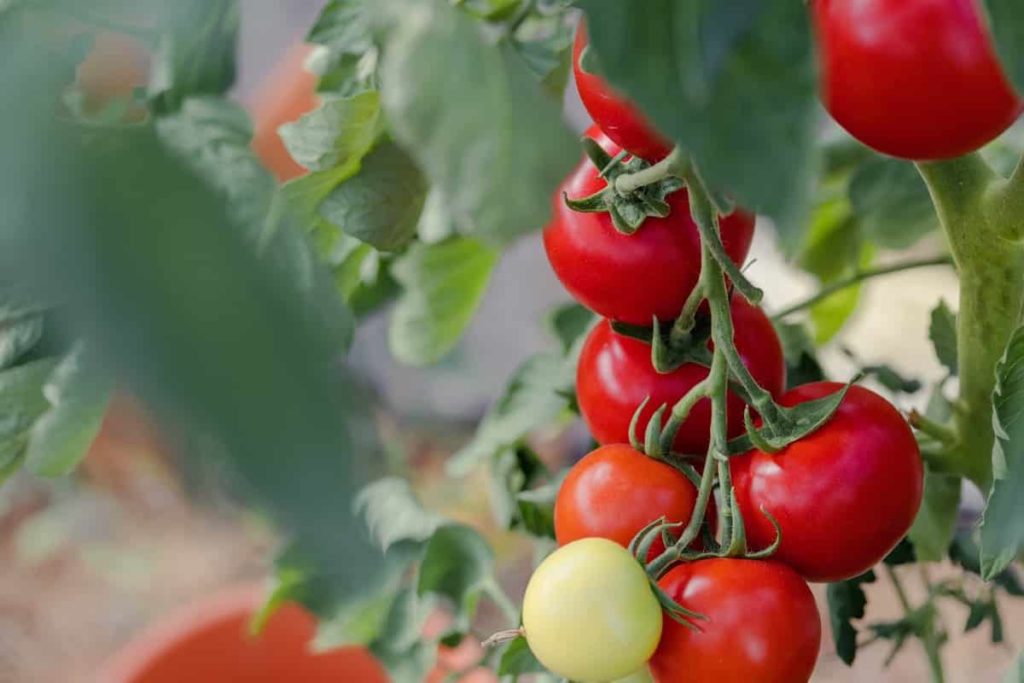
Arkansas vegetable planting calendar
| Vegetables | Zone 6 | Zone 7 | Zone 8 |
| Beans | May to mid-Oct | Apr to mid-Oct | Mid Mar to mid-Oct |
| Beets | Mid Mar to June, mid-July to mid-Oct | Mar to May, Aug to Oct | Mid Feb to mid-May, mid-Aug to mid-Nov |
| Broccoli | Mar to mid-June, mid-July to Oct | Mid Feb to May, Aug to mid Nov | Feb to mid-May, Aug to Nov |
| Brussel Sprouts | May to Oct | Mid Apr to mid-Sep | Apr to Aug |
| Cabbage | May to Oct | Mar to mid-June, mid-July to Oct | Mid Feb to May, Aug to mid-Nov |
| Carrots | Apr to June, Aug to Oct | Mar to mid-June, Aug to Oct | Mid Feb to May, mid-Aug to mid-Nov |
| Cauliflowers | Mar to mid-June | Mid Feb to May, Aug to mid-Nov | Feb to mid-May, mid-Aug to Nov |
| Corn | May to Sep | May to Aug | Mid Apr to Aug |
| Cucumber | May to Sep | May to Aug | Mid Apr to Aug |
| Kale | Mid mar to mid Jun, Aug to mid Nov | Mar to May, Aug to mid Nov | Mid Feb to mid-May, mid Aug to mid Nov |
| Lettuce | Mid Mar to mid-June, Aug to Oct | Mar to May, Aug to Oct | Mid Feb to May, mid-Aug to mid-Nov |
| Onions | Mid- Mar to Aug | Mar to Aug | Mid Feb to Aug |
| Peas | Mid Mar to May, Aug to Oct | Mid Feb to mid-May, mid-Aug to mid-Nov | Mid Feb to mid-May, Sep to mid-Nov |
| Peppers | Mid Mar to Sep | Mar to Sep | Mid Feb to mid-Sep |
| Spinach | Mar to June, mid-July to oct | Mar to June, Aug to mid-Nov | Mid Feb to May, Sep to Nov |
| Squash | May to Sep | May to mid-Oct | Mid Apr to mid-Oct |
| Tomato | Mid Mar to Sep | Mar to Sep | Mid Feb to mid-Sep |
Conclusion
Your garden can be attractive and fruitful if you follow the advice above. Be careful while checking your planting zones. And take necessary precautions while planting. Happy gardening. If you live in the following towns, cities, and counties of Arkansas (AR) of Zone 6, Zone 7, and Zone 8, in the United States, this article may be helpful to understand the vegetable planting calendar, month-wise chart along with planting seasons.
| Little Rock | Siloam Springs |
| Hot Springs | Ozark |
| Bentonville | Mountain View |
| Fayetteville | Camden |
| Fort Smith | Heber Springs |
| Jonesboro | Arkadelphia |
| Harrison | Forrest City |
| Conway | Lonoke |
| Rogers | Stuttgart |
| Eureka Springs | Morrilton |
| Springdale | Maumelle |
| Pine Bluff | Hot Springs Village |
| Texarkana | Helena-West Helena |
| Benton | White Hall |
| Russellville | Centerton |
| Searcy | Dardanelle |
| Mountain Home | Trumann |
| North Little Rock | Pea Ridge |
| Batesville | Prairie Grove |
| El Dorado | Yellville |
| Cabot | Gravette |
| Paragould | Flippin |
| Bryant | Ash Flat |
| Van Buren | Central Arkansas |
| West Memphis | East Arkansas |
| Bella Vista | West Arkansas |
| Blytheville | South Arkansas |
| Mena | North Arkansas |
- How to Raise Pigs in Your Own Backyard: A Comprehensive Guide
- Budget Friendly Sheep Shed Ideas: Cheap and Low-Cost Tips
- How Much Do Cattle Farmers Make: Revenue Streams in Cattle Farming
- Management Pests and Diseases in Your Cotton Field
- Sheep Farming Business Plan for Beginners
- Aquaponic Farming at Home: A Step-By-Step Guide
- Profitable Village Farming Business Ideas in 2024
- High-Yield Aquaculture: Fast-Growing Fish for Farming
- Effective Fish Pond Construction Techniques for Beginners
- Irrigation and Water Management in Pineapple Farming
- Blossom to Harvest: Mastering Flowering and Pollination in Papaya Farming
- Pig Fattening Essentials: From Selection to Sale for Beginners
- Raising Wagyu Cattle: A Complete Guide for Premium Beef Production
- Soil Types and Their Water Holding Capacity
- Optimizing Irrigation Schedules for Coconut Groves for Enhanced Yield
- Espresso Your Garden: Coffee Grounds for Healthier Acid-Loving Plants
- The Best Soil Mix for Snake Plants: How to Mix Your Own Snake Plant Soil
- Green Thumb Success: Expert Tips for Cultivating Greenhouse Beans All Year Round
- Bloom All Year Round: The Ultimate Guide to Indoor Hyacinth Care
- Eco-Friendly Gardening: How to Make Liquid Fertilizer from Kitchen Waste
- Ultimate Guide to Grow Anise in Pots: Explore Seed Propagation to Harvesting
- Guide to Raising Chester White Pigs: Discover Breed Facts to Growth Management
- Mastering the Elegance: The Ultimate Guide to Weeping Cherry Tree Care, Planting, and Maintenance
- Ultimate Guide to Planting Garlic in Grow Bags: Growing Strategies for Beginners
- How to Fix Spider Plant Leaf-Related Problems: Natural and Organic Remedies
- 10 Reasons Why Your Tulsi Plant is Shedding Leaves: Home Remedies and Solutions
- Optimizing Growth and Yield: The Advantages of Palm Bunch Ash Fertilizer
- Utilizing Neem Oil Extract as a Natural Pesticide for Hydrangea
- From Soil to Harvest: Various Ways in Which Farmers Can Use AI Tools
- Steps to Encourage and Induce Citrus Flowers: A Comprehensive Guide
- How to Fix Snake Plant Leaf-Related Issues: Natural and Organic Remedies
- Transform Your Garden into a Fragrant Oasis with Raat Ki Rani (Night Blooming Jasmine)
- Discover the Ideal Chicken Breeds for Philippine Farms
- How to Create a Poultry Egg Farm Business Plan for Profits
- Grow Lemon Cucumbers Like a Pro: Insider Techniques for Bountiful Yields
- Ultimate Guide to Caring for Your Pink Princess Philodendron: Tips for Thriving Variegation
